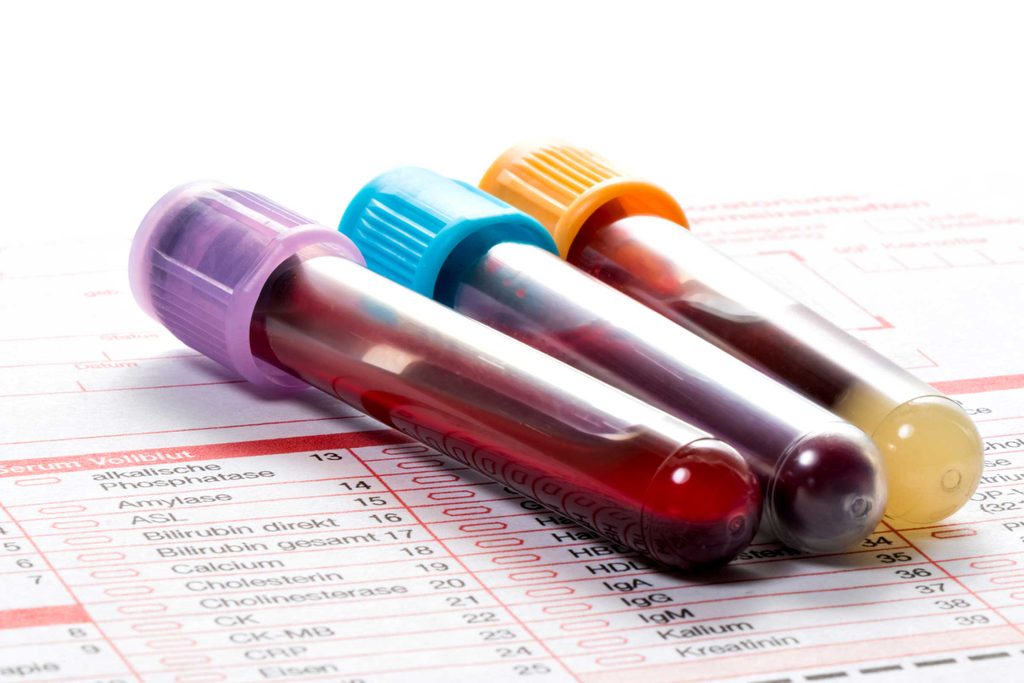You May Be Low in This Super-Important Vitamin and Not Even Know It
Updated: Mar. 03, 2021
Surprising numbers of Americans have low levels of vitamin D. Here's how to find out if you should get your vitamin D levels tested.

There are many research-backed reasons why vitamin D is imperative to healthy living: It may help build strong bones, improve moods, reduce risk of cancer, facilitate weight loss, and even reduce asthma attacks. It seems like every day there’s fresh evidence that vitamin D protects against some disease.
And yet many people are walking around with vitamin D levels that are sub-optimal or downright deficient. Fully three-quarters of American teens and adults were found to be vitamin D deficient, in findings published in the Archives of Internal Medicine, demonstrating a dramatic rise in the number of people missing out on this key nutrient.
Symptoms of vitamin D deficiency may not be so easy to spot. On the more obvious end of the spectrum, being deficient in vitamin D can cause rickets (soft, weak bones) in children and thinning bones in the elderly, but it can also have more subtle effects, affecting such health issues as fatigue, cognitive impairment, joint pain, low immunity, depression, weight gain, and low calcium in the blood (because we need vitamin D to help absorb calcium). There’s even evidence to suggest that vitamin D deficiency plays a role in heart disease, diabetes, multiple sclerosis, and cancer.
Some doctors routinely check their patients’ vitamin D levels, but if yours doesn’t—and you have these risk factors—ask directly for a blood check of your vitamin D levels.
- You slather on SPF every day, or otherwise shun the sun. Vitamin D is called the “sunshine vitamin” because we manufacture it in response to exposure to UV rays. In fact, sun exposure is our main source of vitamin D, and we get drastically less of it in winter, especially in cold climates, and in summer, when sunscreen keeps a majority of the sun’s rays from penetrating the skin.
- You avoid dairy or follow a vegan diet. Few foods naturally contain vitamin D, and foods that are fortified with vitamin D—milk, yogurts, cheeses, some juices, and some breads—are often inadequate to deliver our daily dose. The best natural sources of vitamin D in the diet are oily fish such as salmon, mackerel, and herring and oils from fish, including cod liver oil, according to research from the Vitamin D, Skin, and Bone Research Laboratory at Boston University Medical Center.
- You have an inflammatory bowel disease, such as Crohn’s or ulcerative colitis. In fact, scientists are exploring whether taking supplemental vitamin D can help treat these chronic diseases, mainly by reducing inflammation.
- You’re a senior citizen. Aging is associated with decreased concentrations of vitamin D precursors in the skin. According to a study in the American Journal of Clinical Nutrition, 70-year-olds have a 75 percent reduced capacity to manufacture vitamin D in their skin compared to people in their twenties. So as you get older, you actually need more vitamin D because your body isn’t as good at making it as it used to be.
- You’re overweight or obese. Vitamin D is fat soluble, which means it’s readily taken up by fat cells—and the more fat cells you have, the more vitamin D gets snatched up, making it less available for use by the body. A study in the American Journal of Clinical Nutrition confirms that obesity is linked with vitamin D deficiency. It’s also been shown that bariatric surgery can lead to vitamin D and calcium deficiencies.
- You take certain prescription drugs, including antiseizure medications and glucocorticoids, which interfere with vitamin D in the body, according to findings in the Journal of Clinical Investigation.
- You have a family history of osteoporosis, a condition where you lose too much bone or don’t make enough to replace the bone that you normally lose. (These are silent signs of osteoporosis.)
While the recommended daily dose of vitamin D is pretty easy to follow, getting tested allows your physician to prescribe the proper dose based on your current level. The general guideline, according to Mayo Clinic, is for adults 18 and older to get 600 international units (IUs) of vitamin D, which gets easier when you consider that vitamin D is included in most multivitamins. These are the vitamin D deficiency symptoms that could mean you’re not meeting the recommended levels.
But don’t take it upon yourself to start popping high doses of vitamin D without consulting a doctor. Why? The vitamin is fat-soluble, so it doesn’t easily flush out of your system and could easily build up, leading to complications.
